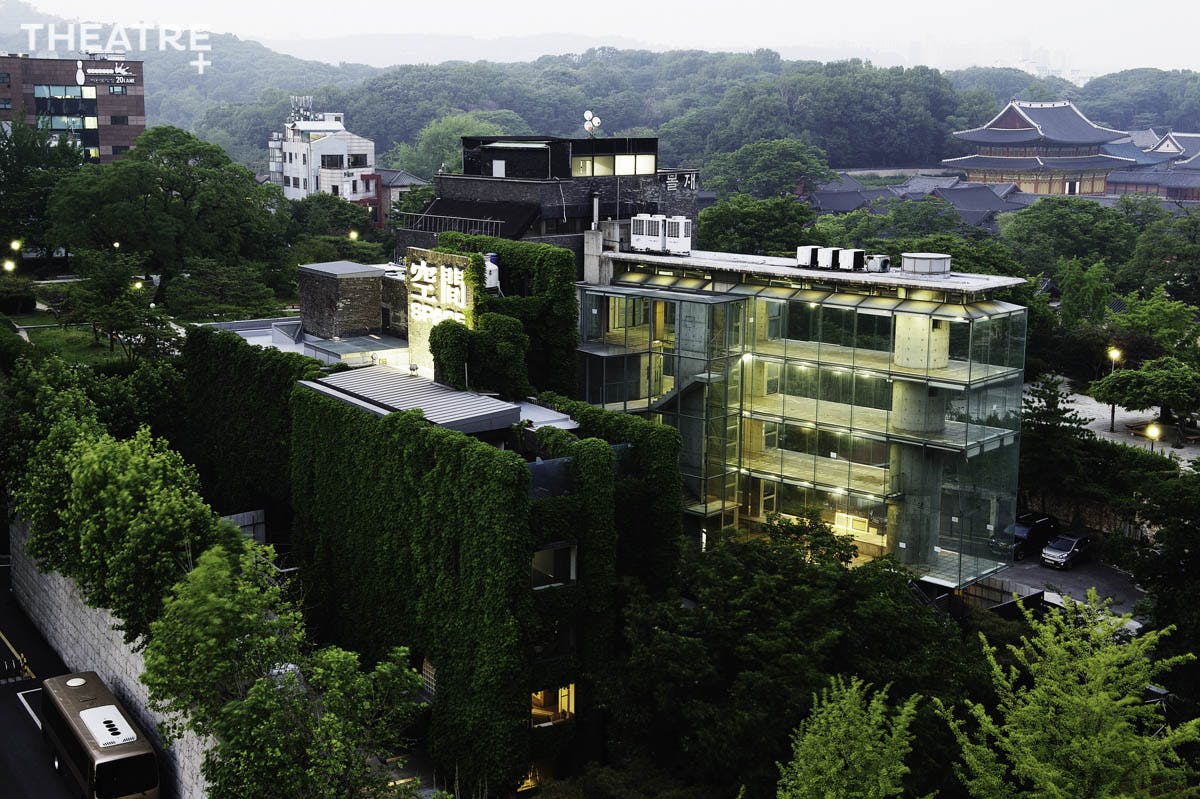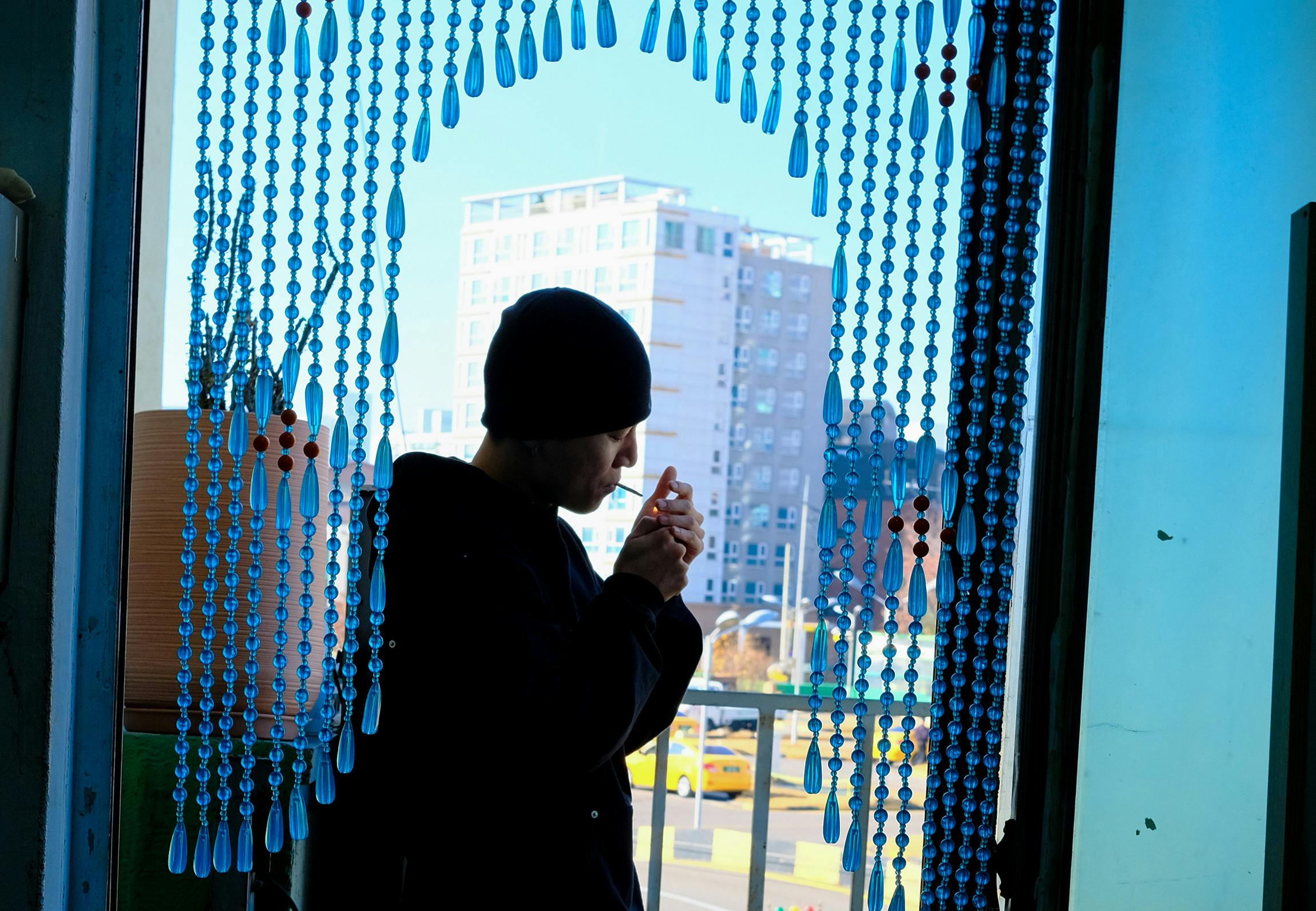
Arario Museum
Private contemporary art museum housed in the former multi-level labyrinth office building of architecture firm SPACE group, led by Kim Swoo Geun, redesigned by Japanese architect Jo Nagasaka

It is tempting to look around in any architect’s office. What if you could visit a whole museum that was once an office of a prominent architecture firm? A new museum in a historical building is not at all a new idea, but the Arario Museum in SPACE, Seoul, Korea, was not built on fragments of past-era ruins. It was the real workplace of SPACE group, led by Kim Swoo Geun, a significant figure in modern Korean architecture. Walking through the old building completed in 1977 (yes, this is old in Korea!), I was almost reminiscing about my time in an office where I’d never worked and a space I’d never before experienced.
In the split-level brick architecture that uses hardly any repetition, appreciating artworks overlaps with appreciating the former architecture office, from workrooms to meeting rooms, from stairs to corridors where architects trotted about. Surprisingly not being lost in the labyrinthian spaces, you confront a wide-ranged art collection covering various contemporary Korean and international artists: Nam June Paik, Kohei Nawa, Marc Quinn, Damien Hirst, Subodh Gupta, and so on. What is striking in this tactile and compactly divided museum, and so different from a white cube gallery, is that every piece dwells effortlessly, fitting into the background, even when it is in a narrow corner or a toilet; as if each spot was originally planned for it. The exhibition not only occupies the space but breathes within the space/SPACE(!), using unusual scales wisely.
With the building’s dramatic backstory in mind—the architectural masterpiece was at stake after the firm filed for bankruptcy—such cohesiveness gives relief. But seeing the building today also makes me question the adequacy of its original architectural program, wondering whether this building ever operated well as an architecture firm. It is undeniable that as steel frames were added to the dangerous and narrow staircase, which, formerly, only had an incredibly low handrail, this space is now “safely” saved. With minimum intervention but maximum curatorial sophistication, the museum saved the architecture through the exhibition.
Text courtesy of architecturalexhibition.com







